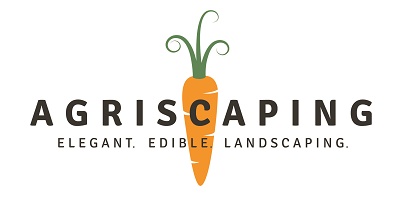Health Benefits of Gardening Part 2

Health Benefits of Gardening Part 2
*By Cindy Dixon
In Part 1 of “Health Benefits of Gardening”, we discussed some of the ways
gardening benefits our overall health. Many people garden with the idea
of “diagnose and conquer” looking at specific details instead of the
garden as a whole. (i.e. “How do I get rid of the ants in my
garden?”). What if we think of a garden, not as a collection of parts, but
a complex living system, similar to the human body? This garden
paradigm shift helps to establish and maintain a healthy balance and
wellness for you, your family, and subsequently your community.
This sounds like a tall order! Remember the old adage, ‘the journey of a
1,000 miles begins with a single step.’
Let’s explore some of the simple steps to creating a healthy space for
you, your family, and your community. Start by building vibrant,
fertile soil. Below are some simple steps to get you started on your
journey:
1. Add organic matter: Composted organic matter provides a
balanced diet of nutrients for your soil and, in turn, your plants.
2. Plant cover crops: The main purpose of this ‘living mulch’ is to
build soil fertility. Cover crops (i.e. clover, peas, ryegrass, etc.)
also help to improve soil structure, promote water infiltration,
reduce erosion, and lessen pest/disease outbreaks. WOW!! Now
that’s a crop that packs a punch!!
3. Incorporate the “No-till’ method: In essence, this means growing your
garden with the least amount of soil disturbance. This type of
gardening preserves the health of the soil and its organisms.
Cultivation and planting, for the most part, is done by hand or
with the use of small hand tools. This method also keeps the roots
of harvested plants in the soil; keeping the nutrients in the soil
and soil organisms ‘fat and happy’!
4. Rotate crops: Growing different types of crops in an area, helps
maintain soil fertility, restore soil nutrients, and reduces the possibility of pests and disease. And if that isn’t enough, crop
rotation helps to increase crop yield. More bang for your bounty!
Agriscaping has a simple approach to crop rotation:
ROOT – FRUIT – BEAN – GREEN
5. Plant perennials: Adding a variety of perennials (those plants that
grow more than 2 seasons) help to improve soil quality. Once
established, perennials are relatively low maintenance. I like to
think of these plants as the “anchors” of your garden; those you
can rely upon throughout the seasons. Annuals can be added at
different times of the year for those ‘pops’ of extra color and
harvest.
6. Companion planting: Groupings of plants that complement each
other are known as companion planting. These plants, in general,
have different sun, nutrient, and space requirements. They make
for good neighbors since they are unlikely to compete for
resources. A prime example of companion planting is the “3
Sisters” method of planting. (*) Agriscaping can assist with this
concept with the implementation of microclimates. Using
companion plantings also helps deter pests. Herbs are one
example. The strong taste and odor of herbs help to keep many of
those nibbling pests away from your crops.
In conclusion, start with a solid foundation. Nourish with rich nutrient-
dense food. Regularly tend with gentleness/kindness. Appreciate the
dependable elements in your life by relying on their wisdom and
expertise. Be open to adventure; try new things to spice things up.
Honor the different seasons and stages of life. Collaborate with others;
each one has something positive to offer. Acknowledge the beauty. Be
productive and share your bounty. ENJOY AND HAVE FUN!!
SO, WHAT ARE YOU WAITING FOR???? GOOD HEALTH IS RIGHT OUTSIDE YOUR DOOR!!
To find out what webinars or live classes are available for free click here!
*https://www.nativeseeds.org/blogs/blog-news/how-to-grow-a-three-sisters-garden
**You can find out more about Cindy Dixon at lasvegas.agriscaping.com .

